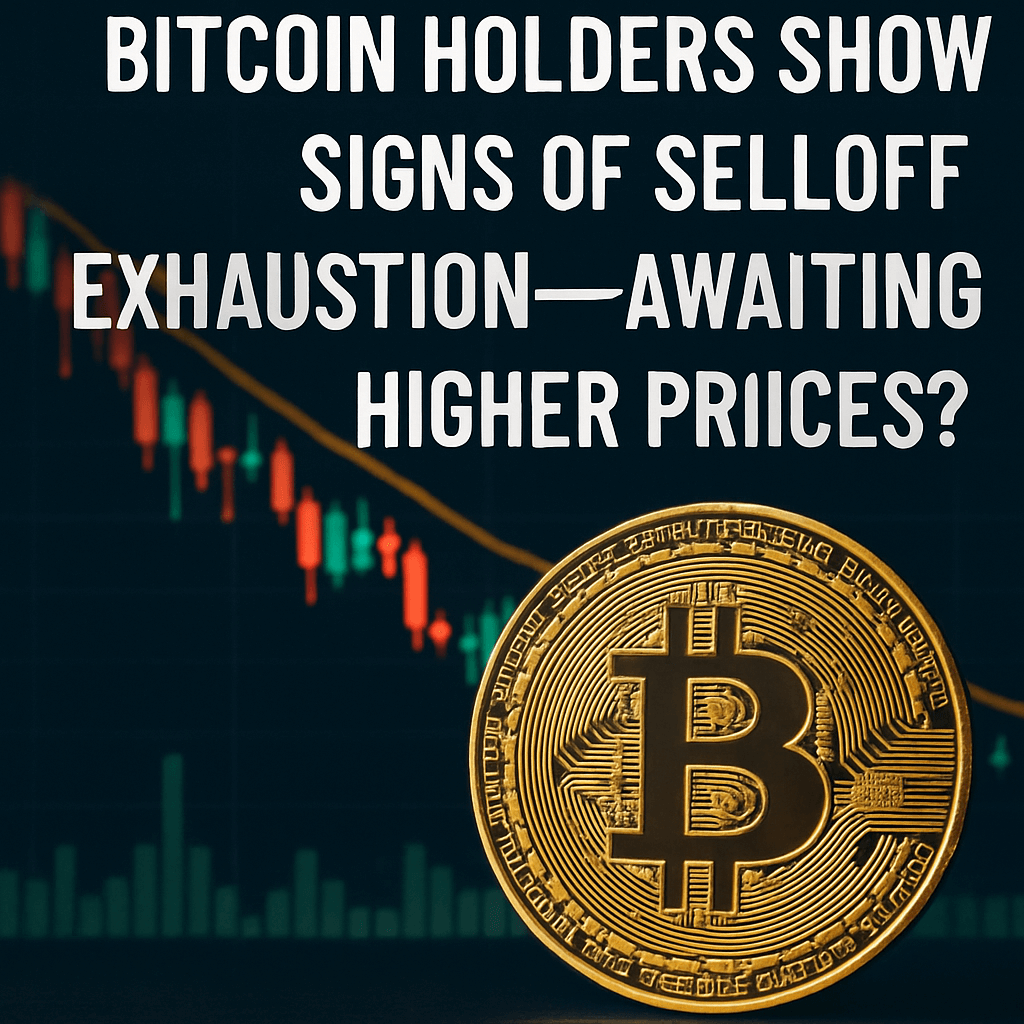Bitcoin Holders Show Signs of Selloff Exhaustion—Awaiting Higher Prices?

Recent on-chain data reveals a notable trend among veteran Bitcoin investors, particularly those who have held their assets for three to five years. Although this group has shown signs of selloff exhaustion, they still retain a significant 11.9% of the total Bitcoin supply, according to analytics firm Glassnode.
Understanding Bitcoin’s Realized Cap
The term “Realized Cap” is a crucial metric in the cryptocurrency market as it reflects the aggregate value of Bitcoin by calculating the price at which each coin was last transacted. This metric provides a precise understanding of the market’s value based on actual trading events rather than speculative prices. Essentially, the Realized Cap represents the sum of acquisition prices for all circulating Bitcoin, effectively offering a clearer picture of Bitcoin’s current market dynamics.
Realized Cap HODL Waves: An Insight into Holder Behavior
A refined version of the Realized Cap metric, known as Realized Cap HODL Waves, dissects Bitcoin’s supply based on how long tokens have been held. For this analysis, the focus is on the 3 to 5-year cohort, which consists of investors who have maintained their holdings for this duration.
According to Glassnode, this specific investor group reached an all-time high (ATH) of 15.7% of the Realized Cap back in November before engaging in a sharp selloff to capitalize on profitable market conditions. Interestingly, the data shows that this cohort paused its selling activities in January but resumed them in April 2023, indicating that some holders opted to lock in gains amid the upward rally. However, a closer look at the data since then suggests that their selloff may now be languishing in a state of exhaustion.
The Current Situation and Future Implications
Even though a slight pause in selling from this critical holder category has emerged, it’s essential to recognize that they still command a vast portion—11.9%—of Bitcoin’s Realized Cap, highlighting their significance in market dynamics. This retained control suggests that many of these seasoned investors are holding out for more favorable price conditions before considering further liquidation.
Market Sentiment Among 3-5 Year Holders
The prevailing sentiment among long-term holders often reflects bullish expectations. Experts suggest that as the price of Bitcoin trends upwards, these experienced investors may act as a source of resistance due to their substantial holdings. Their collective actions could considerably influence market fluctuations as they assess when to re-enter the market or take profits.
Bitcoin’s Recent Price Action
As of the latest market data, Bitcoin is trading around $105,800, with a recent decrease of over 3% in the past week. This variance in price correlates with the observed behavior of long-term holders. An intriguing aspect of this market movement is how the price development over the next few months will influence 3-5 year holders’ behavior.
Potential Indicators for Future Movements
- Price Levels: Analysts are closely observing key resistance and support levels, with significant price points identified that could trigger new selloffs from this cohort.
- Market News: Developments within the regulatory space, institutional adoption, and macroeconomic trends will likely impact investor sentiment and holding strategies.
- Trading Volume: A spike in trading volume could signal renewed interest in Bitcoin, potentially prompting action from long-term holders.
Conclusion
In summary, while the Bitcoin supply held by 3 to 5-year investors currently demonstrates signs of selloff exhaustion, their significant holding remains a pivotal factor in understanding upcoming market behavior. As they wait for potential higher prices, the market landscape will continue to evolve based on broader economic influences and price dynamics.
Related Reading: Bitcoin Could Go ‘Bananas’ If Price Closes Above This Level, Top Analyst Says.
As investment patterns among this crucial cohort may shift, all eyes will be on how they respond to future price changes and market trends.